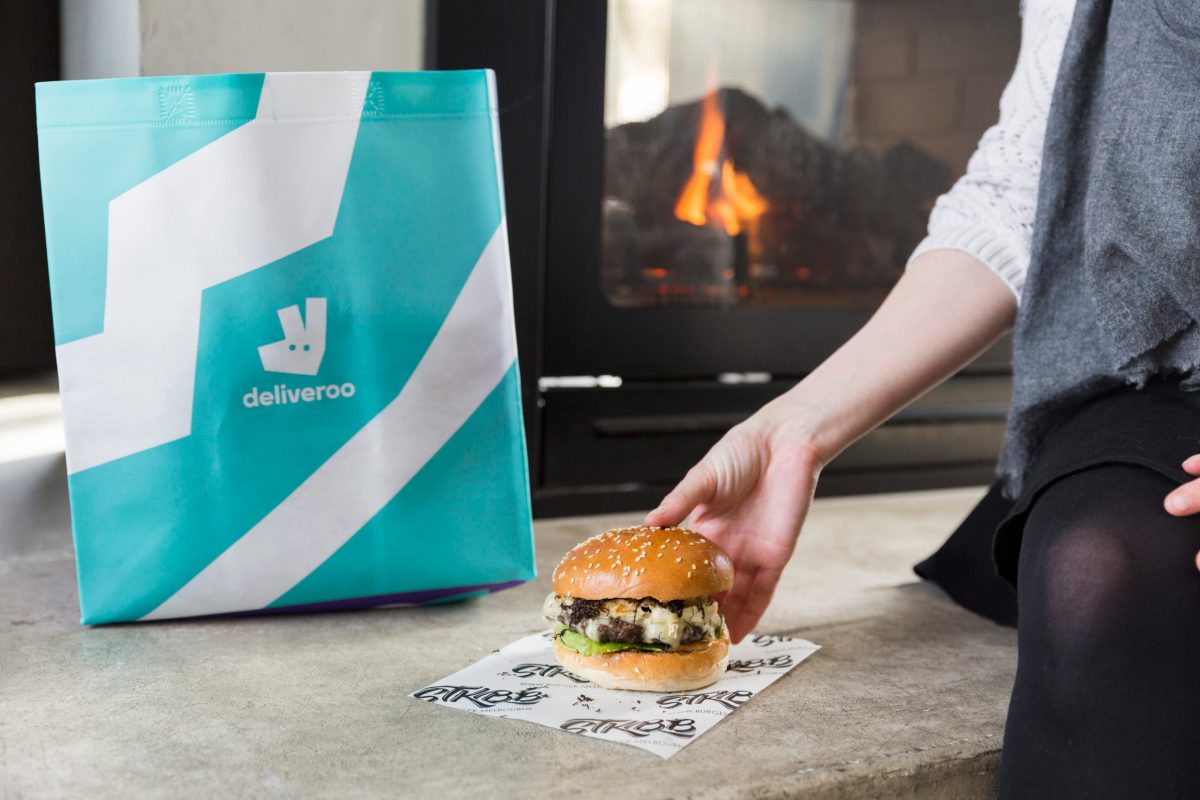By Madeline Woolway
Given dining experience and atmosphere are such a central part of pubs’ identities, can the delivery movement offer publicans the same opportunity to generate additional revenue that it provides to neighbourhood diners, cafés and pizza parlours? According to operators who’ve already taken the leap, the answer is yes.
In the past decade pubs have had to reposition themselves in response to changing diner expectations. With more restaurants offering relaxed and affordable, yet high-quality meals, pubs have had to do the same. Once able to rely on patrons loyal to their local watering hole and happy with a $10 steak, pubs are now expected to provide restaurant-quality meals without the restaurant-level price tag. Just as they’ve have found their footing in the shifting landscape, a new competitor has arrived on the block – the humble couch. For shrewd operators, the best way to adapt to change is to embrace it.
“We’re competing with the couch, so embrace the technology, grow your business and move forward,” says Rabih Yanni, owner/operator of The Grosvenor in Melbourne. “The couch customer is still a customer, just with a different dining requirement for that afternoon or evening.”
In Yanni’s view, delivery platforms are just another “shopfront” and they come with extensive exposure, designed to help businesses get in front of diners who are tied to their couches. But does facilitating the couch diner’s penchant for ordering in mean that delivery will eat in to dine-in business?
For The Australian Heritage Hotel in Sydney, which implemented delivery late in 2017, this has not turned out to be the case.
“It’s certainly more a way to generate additional revenue,” says general manager Lincoln Baker.
The same is true for another Sydney stalwart, the Rose of Australia. According to owner Scott Leach, dine-in revenue has continued to grow in tandem with the addition of home delivery. Keeping the balance between dine-in and delivery revenue is simple: it comes down to the in-venue experience, as Leach explains.
“Our belief is that in-venue experience needs to be far superior to what people can get in their homes, otherwise bottleshops and fast food deliveries will kill us in the end. This is not just about the location of the meal and the price, the best operators we watch all reach and achieve ‘experience of venue’ as the benchmark to keep people coming back to venue.”
Ultimately, couch diners have surfaced as a new category of spenders.
“We determined within our local market, [which has] a concentration of medium to high density living, that households were choosing to have home delivery 1-2 times per week,” states Leach.
“Regardless of how many times they ate in venues, this home market has emerged as a new consumer trend in our area.”
For the Rose of Australia, which rolled out both Uber Eats and Deliveroo, food revenue was up 15 per cent in the first month, afterwards falling back to an average of 10–12 per cent increase over previous years. The Grosvenor experienced a similar pattern, with an initial honeymoon period leading into consistently good revenue.
Delivery can go beyond reaching couch customers too. According to Uber Eats, many Aussie pubs have used Uber Eats to gain new customers in their neighbourhood and build a new following of regulars. The delivery service app has seen its partner venues experience positive growth by reaching new customers – a trend Leach has experienced first-hand.
“As an inner-city Sydney pub, certain nights can be a gold mine for this new market,” he says. “Mardi Gras weekend saw a 40 per cent increase in food revenue over three days – the venue was at capacity, all new business.”
This feature first appeared in the June issue of Australian Hotelier. To continue reading how pubs are implementing optimal delivery practices, click here.

